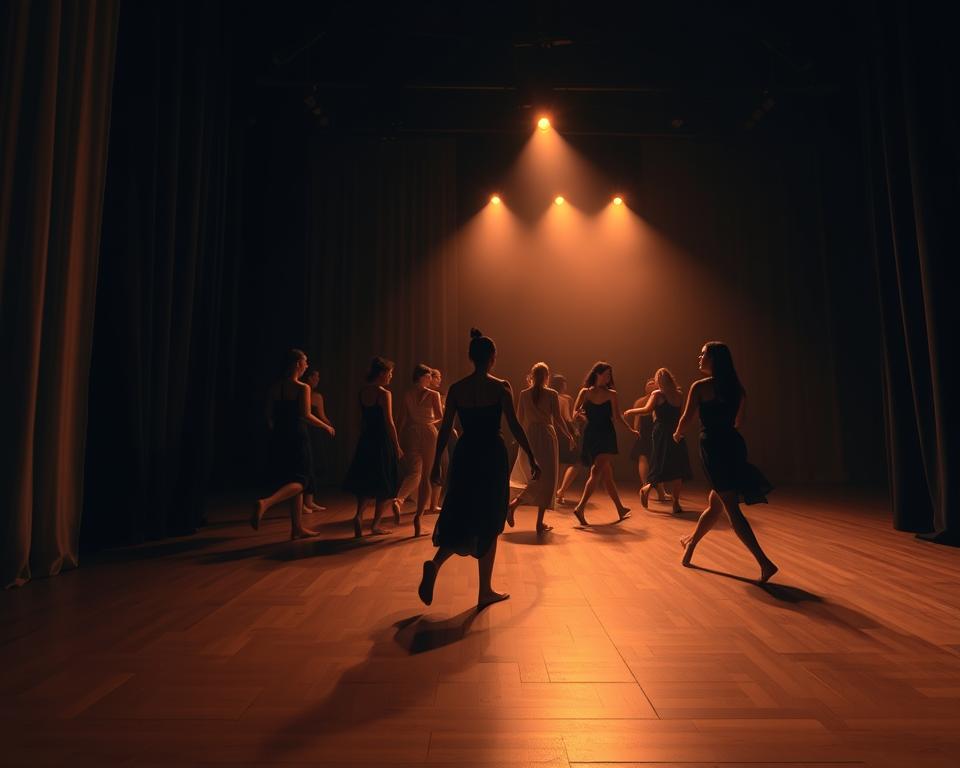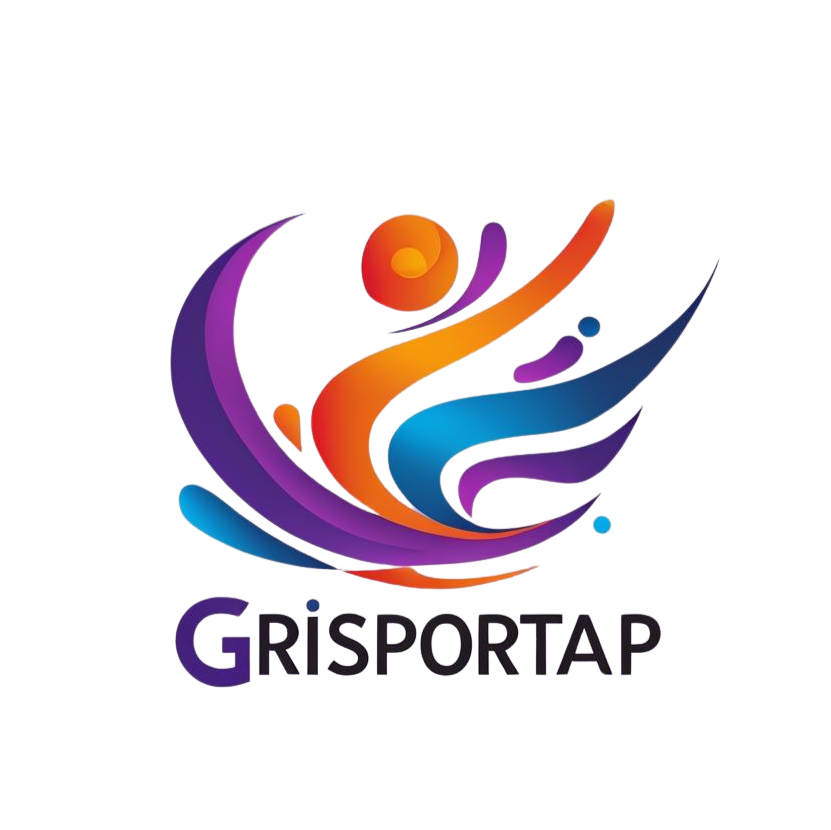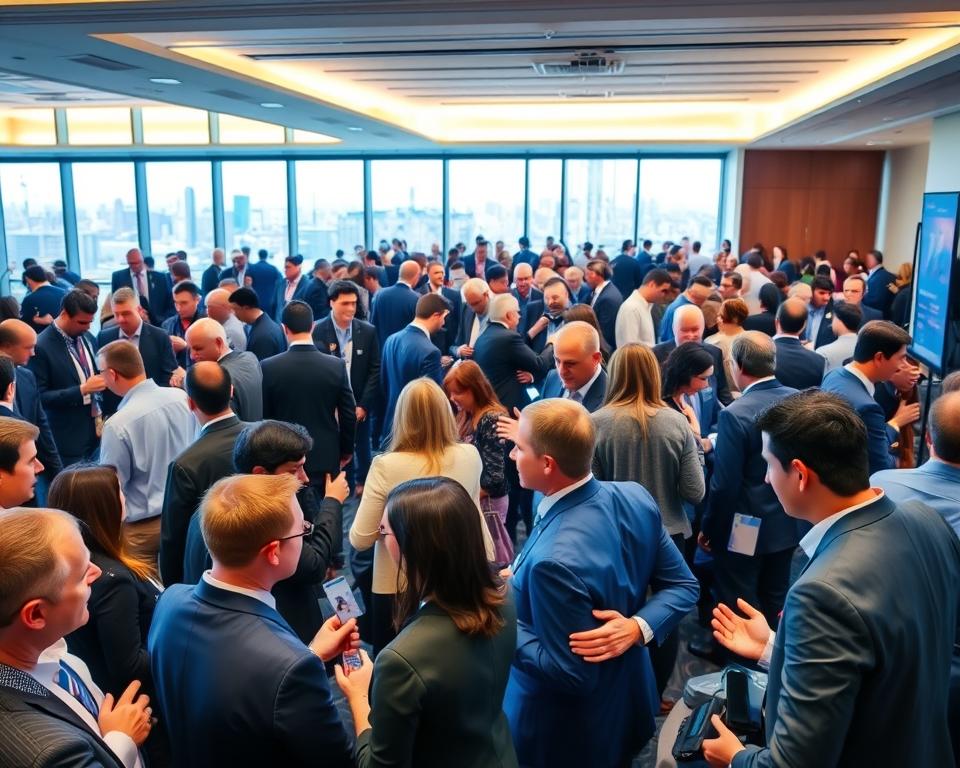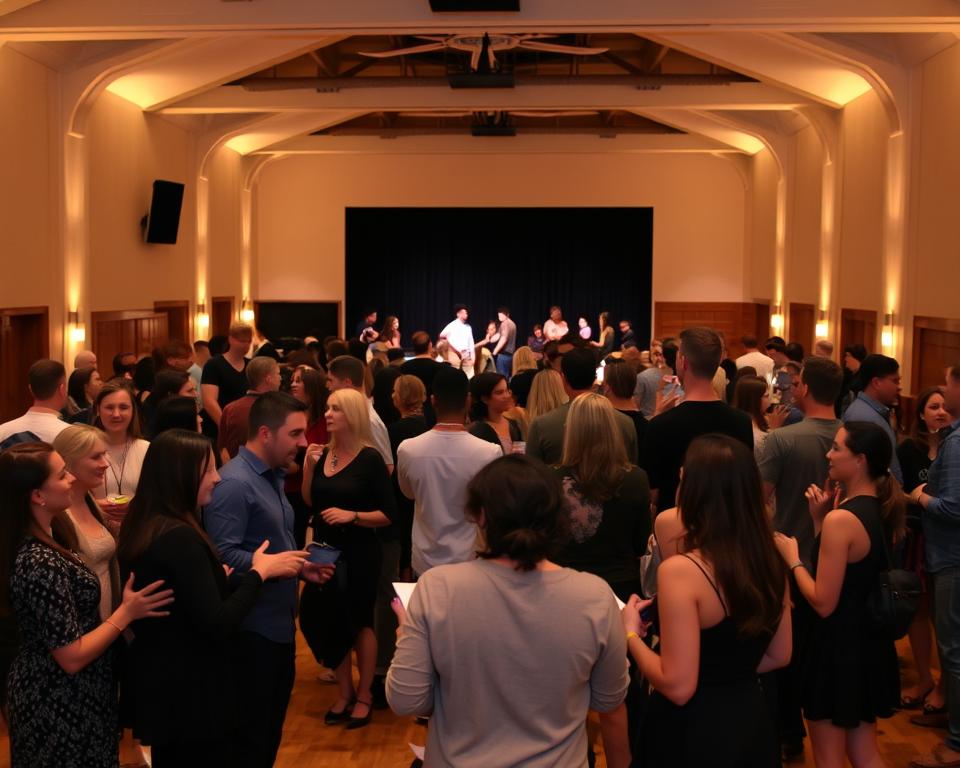Can a year of shrinking ticket sales and tighter funding still spark new ways to reach audiences?
You need clear facts to plan your next steps. Recent data shows U.S. nonprofit groups faced lower real buying power from 2019–2022, with ticket revenue down sharply and philanthropic support slipping. At the same time, the U.S. studio sector produced about $4.4 billion in revenue in 2023.
In this short guide you’ll get practical insight into how technology, marketing, and economics shape the future of performance work. We show what’s real this year and what’s hype so your choices match reality.
Expect clear takeaways for your studio, company, or independent practice—ideas for hybrid offerings, audience-building on social platforms, and resilient budget choices that respect community values.
Stay curious, keep learning, and apply what fits your goals while seeking expert help for legal, financial, or health questions.
Introduction: How dance industry trends are redefining performance, education, and community in the U.S. today
Today, dance connects technology, economics, and community in ways that shape how you teach, perform, and learn. The post-pandemic period still matters: surveys show many individuals juggle multiple jobs, low savings, and unpaid work while studios and organizations face reduced ticket revenue and squeezed budgets.
What this means for your work is practical and specific. Inflation and a 32% drop in inflation-adjusted ticket sales (2019–2022) have changed how seasons, classes, and touring get planned. Many people now rely on blended offerings and self-financing to keep projects moving.
You can use technology thoughtfully—livestreams, on-demand classes, and short-form content—to expand reach without overextending resources. At the same time, smart scheduling, clear pricing, and community-centered programming help protect time and income for students and teachers.
Why the post-pandemic period still matters for dancers, studios, and organizations
- Venues reopened, but financial pressures affect calendars and ticketing decisions.
- Individuals often hold multiple roles; realistic planning must honor that constraint.
- Dance education adapts with blended classes, micro-credentials, and mentorships.
How technology, economics, and culture intersect today
The path forward is gradual. Measure what matters, align programming with community needs, and keep learning. Small, steady changes will help you build sustainable studios and careers over the coming years.
dance industry trends: a 2025 snapshot of where momentum is building
This year makes clear which formats have staying power. Hybrid classes and livestreamed sessions that grew in 2020 are now routine tools for studios and teachers. Camera-native work — from short video pieces to screendance festivals — has its own path for audiences and revenue.
From hybrid classes to screendance: sustained shifts born in 2020
You’ll see blended schedules in many dance studio calendars. On-demand libraries sit beside in-person technique nights. Festivals like the San Francisco Dance Film Festival show how video-first work finds viewers and submission fees.
Data points to watch: revenue, inflation, wages, and audience behaviors
Track a few numbers: U.S. studio revenue was about $4.4B in 2023. SMU DataArts shows expenses rose modestly while inflation-adjusted ticket income fell. The BLS projects ~5% job growth for dancers and choreographers to 2032, with median hourly pay near $25.
Equity and access as enduring imperatives, not short-term initiatives
Equity must be inside budgets, hiring, and casting. Practical moves—tiered pricing, community partnerships, access riders—expand opportunities for individuals. Keep changes modest and measurable so people benefit over years.
“Measure what matters, then act on small, steady steps.”
- Blend in-person and online classes to reach more people.
- Use simple video skills to improve performance and festival entries.
- Watch wages, ticket revenue, and attendance as early warning signals.
The economics of dance in the U.S.: inflation, funding shifts, and resilient models
The financial picture for performing organizations has changed — and your planning should reflect that new reality.
Key findings from recent data
SMU DataArts tracked 127 nonprofits (2019–2022): expenses rose ~2% while real buying power fell 11%. Private philanthropy fell 17% nominal and 27% after inflation. Ticket-sales revenue dropped about 32% in inflation-adjusted terms.
What inflation means for programming and ticketing
Even if gross revenue climbs, your real budget can shrink. That affects casting size, rehearsal weeks, and touring plans. Consider shorter runs, dynamic pricing, and bundled offers that match current demand.
Philanthropy, relief, and the path forward
Dance/USA shows education dollars down 23% since 2019. Government support spiked to 26% in 2022, then fell to 4% in 2023. With emergency aid gone, you need contingency reserves and a clearer donor mix.
Case notes and practical moves
Groups like Dallas Black Dance Theatre, ODC/Dance, Rosy Simas Danse, and J CHEN PROJECT diversified income with commissions, museum shows, and presenter-led programs.
“Model cash reserves, map donor mix, and plan fewer, deeper programs.”
- Monitor cash reserves and run inflation scenarios.
- Map your donor mix and build modest contingency funds.
- Rebalance programs toward co-productions and regional partnerships.
Technology and performance: from wearables and video to screendance and TikTok
Camera-aware creation is changing how you plan, rehearse, and share performance work. Creators now design movement not just for a stage but for frame, edit, and screen.
Creating with cameras in mind
Plan shot lists, floor patterns, and edits that serve your music and story. Festivals such as the San Francisco Dance Film Festival spotlight camera-native pieces and offer submission pathways when touring is limited.
Portable tech and motion tools
Wearables, motion apps, portable lights, and field audio speed rehearsal and documentation. These tools help you iterate fast and capture clear takes for submissions or archival files.
Social platforms, visibility, and IP
TikTok and short reels can grow your audience quickly. Share process clips, rehearsal snippets, and captions for inclusivity to reach more people.
- Credit choreographers, dancers, and music in posts.
- Keep records of permissions and consult legal pros for licensing questions.
- Blend live shows with high-quality archival video to extend a work’s reach without replacing ticket sales.
“Plan camera moments early, credit collaborators clearly, and protect your rights.”
Omnichannel marketing for studios, companies, and independent artists
Smart marketing now means meeting students where they are—on-site, live online, and on-demand. Anchor your schedule with in-studio classes, simulcast key sessions, and sell on-demand bundles that work for busy people.
Blending in-studio, livestream, and on-demand to diversify revenue
Start simple: offer one weekly flagship class in the studio, simulcast select nights, and create a small on-demand library from those recordings. Asynchronous classes can be sold repeatedly and scale without extra teaching hours.
Content pillars you can sustain
Choose four reliable pillars: regular classes, short process videos, bite-sized choreography clips, and community stories that spotlight students or teaching artists.
Measuring what matters
Track KPIs like trial-to-member conversion, class fill rate, average revenue per student, churn, and content engagement. Use email and SMS to segment by style and level, automate reminders, and respect consent to build long-term trust.
- Package programs: intro series, competitive tracks, and drop-in adult classes with clear outcomes and pricing.
- Repurpose content weekly: one longer video, two short clips, one spotlight post.
- Include accessibility: sliding-scale options and captioned videos to widen opportunities.
For practical tips on marketing that bridge performance and teaching, see a short guide to marketing for music that applies well to studios and small arts businesses.
Touring, presenting, and festivals: doing less, going deeper
Touring now favors fewer stops and deeper community work, not a long list of quick engagements. Rising travel costs, ongoing COVID-19 protocols in some places, and long visa waits make high-volume routing risky. You should plan with time buffers and realistic budgets.

Costs, access, and visas: realities shaping U.S. and international touring
Assess total touring costs—travel, freight, per diems, and insurance—and model scenarios where fewer, longer residencies outperform many short shows.
Visa delays can disrupt plans. Build longer lead times and contingency engagements into your calendar to avoid canceled international stops.
Curatorial shifts: fewer presentations, deeper investments in artist relationships
Many presenters now program fewer performances and prefer deeper collaborations. Offer residencies, workshops, and documentation to make each presentation more attractive.
- Routing: Favor regional runs to cut travel risk and build local partnerships.
- Access: Use relaxed formats, sensory-friendly shows, and mobility-aware staging to welcome more people.
- Measure success: Track teaching income, content assets, and future bookings as well as box office.
“Do fewer shows but make each stop create learning, revenue, and lasting relationships.”
Toolkit: keep a presenter worksheet, a visa timeline, and a budget template with buffers for fuel and lodging shifts. These tools help you make realistic choices in a changing reality.
Workforce, wages, and education: jobs, pay, and pathways in the dance industry
Workforce shifts and pay patterns shape how you plan classes, seasons, and careers today. Use wage data and job projections to set fair offers and realistic schedules.
Employment outlook and pay ranges
The BLS projects about 5% growth for dancers and choreographers (2022–2032). Average hourly figures help you benchmark: dancers near $24.95/hr; choreographers around $25/hr, with wide 10th–90th percentile ranges.
Studios as small businesses
The U.S. studio market earned roughly $4.4B in 2023. Typical owner pay often sits near $22.91/hr but varies by market size and seasonality.
- Plan for seasonal cash flow: prioritize privates, intensives, and rentals in slow months.
- Staffing: budget part-time instructors and clear pay bands for classes and rehearsals.
- Benchmark offers: use local data when negotiating with dancers or companies.
Training, multiple jobs, and sustainable careers
Many individuals hold nondance jobs and juggle several roles. Build portfolio careers—teaching, performing, admin—to stabilize income across years.
Prioritize emergency savings, clear contracts, and workload boundaries as part of long-term success.
Community, health, and DEI: inclusive practices reshaping programs and audiences
You can build stronger community ties by centering wellbeing and equitable access in programming. Start with clear goals: who you serve, what support you offer, and how you measure impact.
Evidence-informed community impact
Dance/Movement Therapy is defined by the ADTA as the psychotherapeutic use of movement to promote emotional, social, cognitive, and physical integration. Programs like Dance for PD®, created by Mark Morris Dance Group, report benefits for balance, coordination, flexibility, and social connection.
These offerings are supportive, not medical cures. Always refer people to qualified health professionals for individual guidance. For an academic perspective, see this evidence summary.
Building equity in budgets and leadership
- Paid leadership: include budget lines for fair wages and contractor fees.
- Representation: hire and program people who reflect your community onstage and off.
- Capacity building: invest in training, multi-year planning, and partnerships that last beyond a season.
National and global initiatives you can join
Events like International Dance Day, U.S. National Dance Day, Global Water Dances, and National Water Dance connect local cohorts to a wider world. Use these moments to co-create with students and community groups and to raise visibility for inclusivity work.
“Measure attendance, gather qualitative feedback, and track retention to refine programs over time.”
Conclusion
Conclusion
Pick one or two practical moves and test them this year. The dance industry is changing: revenue and education patterns remain in flux while hybrid offerings and modest job growth show paths forward.
Focus on fewer, deeper programs that honor your time and your community. Try a hybrid class, a focused touring plan, or a local initiative and set clear goals to measure success.
Keep your marketing steady and humane: share process, credit collaborators, and track what matters. For legal, financial, or health questions, consult qualified professionals to protect your team and participants.
Stay connected to the world through festivals and partnerships. With thoughtful practice and ongoing learning, you and other individuals at dance studios can shape a future you’re proud of. No guarantees—just steady work and care.



